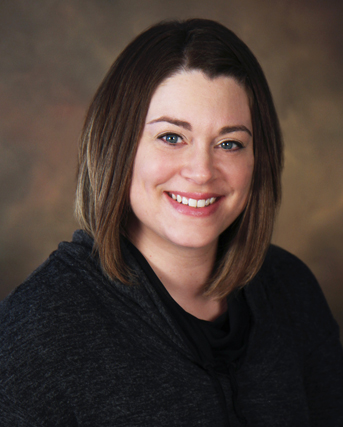MLHS Suboxone Program
September 28, 2020
“I’m really passionate about helping people who struggle with addiction,” said Beth Twite, Mille Lacs Health System PA. “There’s such a stigma around addiction, and those people suffering with it. There needs to be more medical providers out there equipped to treat them without judgement.”
Twite has been spearheading addiction treatment at MLHS for over a year, first with the Vivitrol program, which, when used as part of a treatment plan that includes counseling, can help to prevent relapse in opioid dependence after opioid detox. Vivitrol also is helpful with alcohol-dependence and addiction by reducing cravings.
Recently, adding to the medication-assisted treatment program at MLHS, a Suboxone program has been initiated in the ongoing commitment to fight the opioid issue in the community. Suboxone is a prescription medication that combines buprenorphine and naloxone. When taken properly, it helps to eliminate opioid cravings and withdrawal symptoms. It is not intended for use with alcohol-related dependence.
Twite says this same program is already proving successful in other rural Minnesota areas. MLHS is modeling theirs after a similar program at neighboring Ne-ia-shing clinic, which began their own Suboxone Program last summer. With multiple healthcare facilities offering opioid treatment programs, Mille Lacs area residents have options.
Patient-centered and supported by a team of healthcare experts, the MLHS Suboxone Program is influenced by a larger, state grant-funded project called Empowering Communities for Healthy Outcomes (ECHO) in Little Falls. ECHO helps rural health systems support medical providers in treating addiction, both in MN and nationally, through case presentation, collaboration with specialists, and best practice in treating the opioid epidemic.
The MLHS four-phase program begins with a substance use assessment. After an initial visit with the provider for review of assessments/labwork, a trained RN will administer Suboxone in office and monitor the patient. Patients will leave with a plan for close monitoring. Follow-up visits are scheduled based on completion of phase requirements, compliance, and patient progress. Visit frequency will typically decrease as patients move forward with sobriety.
Suboxone doesn’t solve everything instantly. It does take away the sickness from withdrawal as well as the craving for more opiates. But Twite says Suboxone is one of the best treatments for opioid abuse disorder. Several forms of the medication are available at Mille Lacs Health System, including a 30-day injectable and 6-month implant options. The program is being delivered on the MLHS Onamia campus.
MLHS currently has four providers with specialized training who can treat patients with Suboxone; all providers are available to see patients in consideration for treatment with Vivitrol. To contact the Intake Nurse Coordinator, call 320-532-2338.
“My goal with these programs is to help connect people with their options for successful treatment,” said Twite. “By offering this at MLHS, I hope that more patients feel comfortable coming here and asking for help.”
